Custom plush toys are becoming more sustainable as manufacturers shift to eco-friendly fabrics, recycled polyester,...
Eco-Friendly Plush Toys: Leading the Way for Sustainability in 2025
Introduction:
Sustainability has become a driving force in consumer markets across the globe, and the plush toy industry is no exception. As we approach 2025, eco-friendly plush toys are set to dominate the market, offering consumers a sustainable alternative to traditional stuffed animals. With increasing environmental concerns, eco-friendly plush toys made from materials like organic cotton, recycled fibers, and biodegradable stuffing are becoming more popular. Consumers are now more aware of the environmental impact of their purchases, and the demand for eco-friendly plush toys is rapidly growing. These toys are not only adorable but also support a healthier planet, making them an essential part of the plush toy market in 2025.
Overview of Eco-Friendly Plush Toys
In recent years, the market for eco-friendly plush toys has exploded as consumers have become more environmentally conscious. Unlike traditional plush toys that use synthetic materials and fillers, eco-friendly plush toys are crafted from sustainable materials like organic cotton, bamboo fiber, and recycled polyester. These alternatives help reduce the carbon footprint and minimize the harmful effects on the environment. As global awareness of climate change and waste management grows, more people are turning to products that contribute to a greener, more sustainable future.
One of the main driving forces behind the rise of eco-friendly plush toys is the growing demand for sustainability in all aspects of life, from food and fashion to toys and home goods. Consumers are increasingly seeking products that align with their values, and eco-friendly plush toys offer a solution to this need. These toys are made with care for the planet in mind, and many companies are now using biodegradable or recycled materials in their production processes.
The eco-friendly plush toys market has seen significant growth in recent years, and experts predict this trend will continue to rise in 2025. The rise of sustainable consumerism has led to an increased demand for toys made from renewable or recyclable materials, making them an attractive choice for environmentally-conscious parents, gift-givers, and collectors alike.
Environmental Impact of Traditional Plush Toy Production vs. Sustainable Alternatives
Traditional plush toys are often made from synthetic materials such as polyester, which is derived from petroleum and does not biodegrade. The stuffing inside these toys is commonly made from non-recyclable materials, contributing to landfill waste. The manufacturing processes involved in creating these traditional toys also involve chemicals and dyes that can be harmful to the environment. As consumers become more educated about the environmental implications of these materials, the demand for sustainable alternatives is growing.
In contrast, eco-friendly plush toys are produced with minimal environmental impact. Materials like organic cotton, which is grown without harmful pesticides, and recycled polyester, made from plastic bottles, offer a much more sustainable option. These materials are biodegradable or recyclable, helping to reduce waste and prevent the accumulation of non-degradable materials in landfills.
One of the major benefits of eco-friendly plush toys is that they support a circular economy. Recycled materials used in the production process help keep waste out of landfills, while organic materials reduce the strain on natural resources. This makes eco-friendly plush toys a more responsible choice for consumers looking to make a positive impact on the planet.
Furthermore, eco-friendly materials like bamboo fiber are not only sustainable but also naturally antimicrobial, offering a healthier alternative to synthetic materials. By reducing the reliance on harmful chemicals and plastics, eco-friendly plush toys contribute to a cleaner, healthier environment, making them an essential product for 2025 and beyond.
Key Players in the Eco-Friendly Plush Toy Market and Their Efforts
As demand for eco-friendly plush toys increases, several key players in the toy industry have taken significant steps to ensure their products are sustainable. Here are a few companies leading the way in eco-friendly plush toy production:
1. Green Toys Inc.
Green Toys is one of the pioneers in the sustainable toy industry. They create eco-friendly plush toys using 100% recycled plastic, primarily sourced from milk jugs. This reduces the need for virgin plastic production and helps reduce greenhouse gas emissions. Their commitment to sustainability extends beyond product creation, as they also ensure their packaging is made from recycled materials and is fully recyclable.
2. Cuddledown
Specializing in organic cotton, Cuddledown produces a range of plush toys made from this environmentally friendly material. Their eco-friendly plush toys are filled with hypoallergenic, recycled polyester, ensuring a soft, safe, and sustainable toy for children. Cuddledown’s efforts to use organic cotton support sustainable farming practices, helping preserve the planet’s natural resources.
3. Jellycat
A renowned brand in the plush toy industry, Jellycat has taken several initiatives to make their plush toys more sustainable. They have introduced a collection of eco-friendly plush toys made with recycled polyester. These toys are not only cute and cuddly but also support sustainability by reducing the need for virgin materials.
4. Bamboo Studios
Bamboo Studios specializes in eco-friendly plush toys made from bamboo fibers. Bamboo is a highly sustainable material, and it’s used in many of their plush creations. Bamboo fiber is naturally soft, biodegradable, and requires fewer pesticides to grow compared to traditional cotton. This makes Bamboo Studios’ plush toys an excellent option for environmentally conscious consumers.
These brands are making a significant difference by pushing for more sustainable practices in the plush toy industry. Their commitment to using recycled and organic materials has set a standard that other companies are now trying to follow. As more brands adopt these sustainable practices, the market for eco-friendly plush toys will continue to grow in 2025.
Why Eco-Friendly Plush Toys are Essential for the 2025 Market
As we look toward 2025, eco-friendly plush toys will be more essential than ever. Consumers are becoming increasingly aware of the need to support sustainable businesses and products. In a world where waste management and climate change are key concerns, eco-friendly plush toys offer a solution that meets consumer needs while helping to protect the environment.
With eco-consciousness driving consumer decisions, products made from organic cotton, recycled fibers, and biodegradable materials will be in high demand. Parents and collectors are looking for ways to reduce their environmental footprint, and choosing eco-friendly plush toys is a simple yet effective way to do so. These toys not only provide children with something cuddly and fun but also teach the next generation about the importance of sustainability and eco-friendly living.
Moreover, as more countries implement stricter environmental regulations, eco-friendly plush toys will be able to meet compliance standards more easily. This will make them an attractive choice for retailers, who will be keen to offer products that meet the increasing consumer demand for sustainable options.
Conclusion: Why Eco-Friendly Plush Toys Will Appeal to Environmentally Conscious Consumers in 2025
In conclusion, eco-friendly plush toys are not just a passing trend—they represent the future of the toy industry. With growing concerns over climate change and the environment, consumers are increasingly turning to products that contribute to sustainability. In 2025, eco-friendly plush toys will be a staple in the market, offering a safer, more sustainable option for both children and collectors alike.
With the continued development of new materials and production techniques, the future of eco-friendly plush toys is bright. By choosing products made from organic cotton, recycled fibers, and other sustainable materials, consumers can enjoy a soft, cuddly toy that’s also good for the planet. For plush toy manufacturers, the shift toward sustainability is not just a trend—it’s a vital step toward a greener, more sustainable future.
In the coming years, we can expect eco-friendly plush toys to become even more innovative, offering new features and customization options while continuing to prioritize sustainability. Whether for birthdays, holidays, or just as a gift to brighten someone’s day, eco-friendly plush toys will appeal to consumers who value both quality and sustainability, making them an essential part of the 2025 market.
Reprint statement of blog content: All the blog content and images are original, and copyrighted by gameplushies.com. The reprint statement must be included with our permission. Toyard is not responsible for reprinting similar content or containing trademark and other infringement reprint statements. Please contact us if there is infringement content.
Leave a comment
Log in to post comments

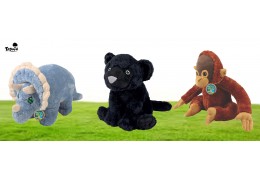
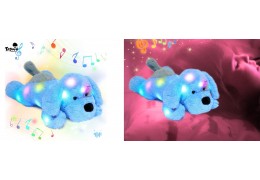
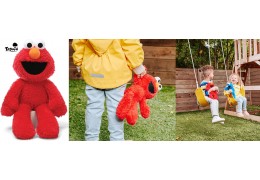
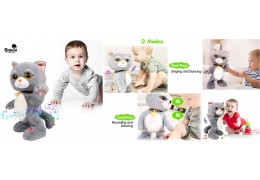

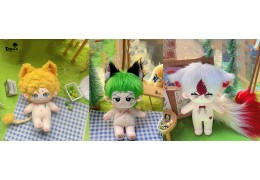
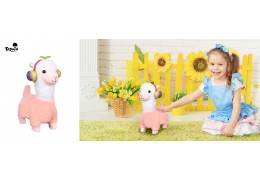

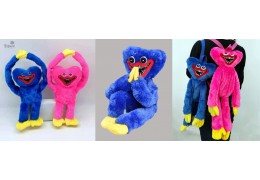
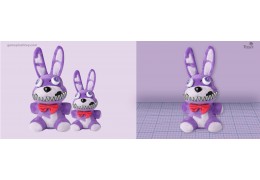
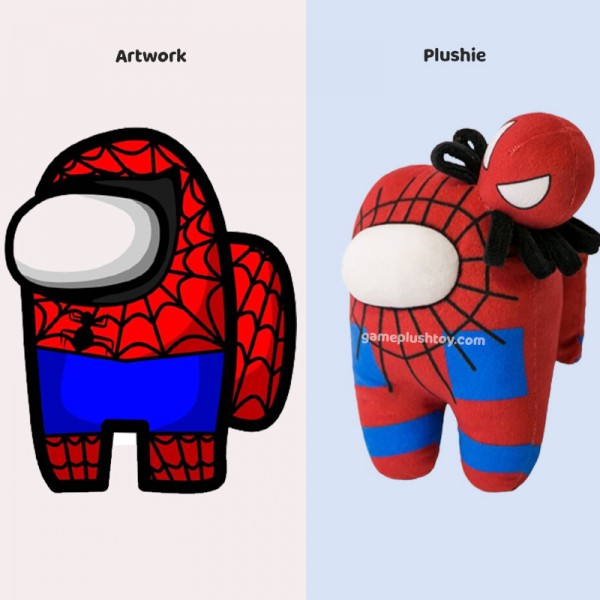
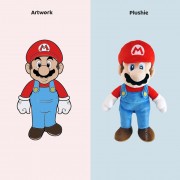
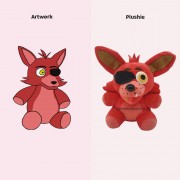
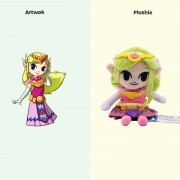
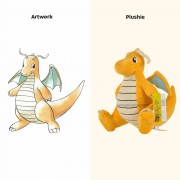
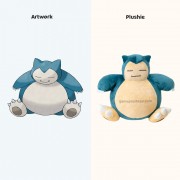

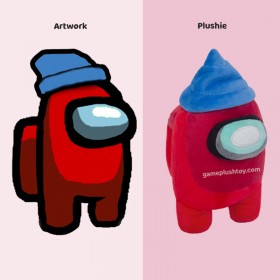
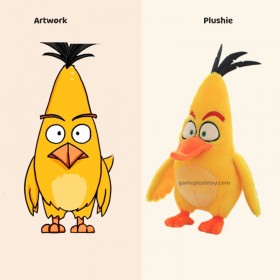
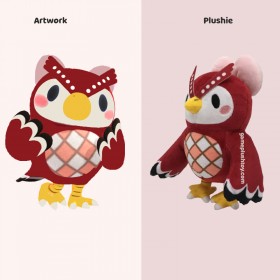
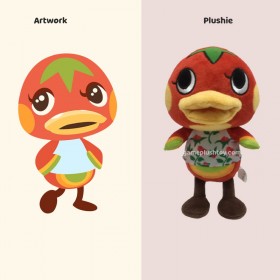
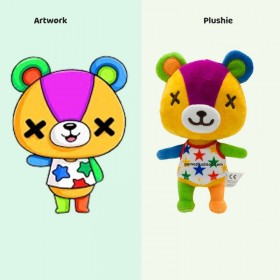


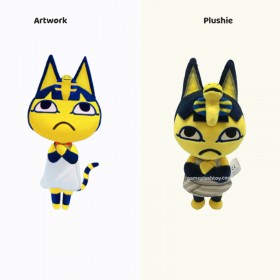
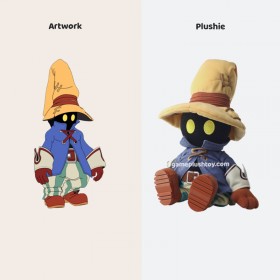
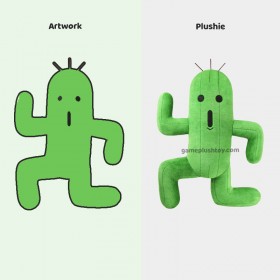

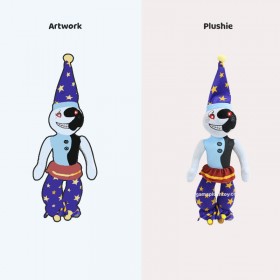

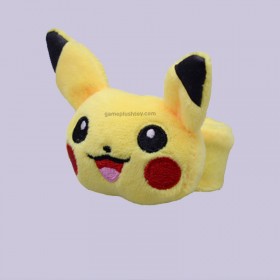
Top authors